Introduction
Scandinavian countries have always been a closed book for the rest of the world. However, visiting Sweden, one can sneak a peek at the specifics of the culture.
History
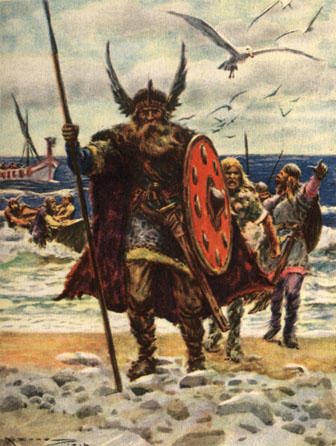
Telling the history of Sweden in a couple of sentences is practically impossible. Founded by merchant sea men, Sweden evolved into After the rule of Olof Skötkonung was interrupted by the plague, the country was opened to the communication with Europe, which started with trading relations with England.
Gustavus Vasa started the Golden Age of Sweden in the XVI century; the country soon started an economic expansion into the Europe, beginning to build relationships with not only England, Germany and France, but also with East Europe, including such states as Russia and Poland.
After the Hanseatic traders were exiled from the state, Gustavus managed to seize control over most of the economic processes within the state, therefore, being able to regulate the trading process. After the Thirty Years’ war, Sweden reached the stage that would later on be called Great Power.
Lasting from 1684 to 1721, it allowed Sweden to take victory in the Great Northern War of 1700. Joining the Enlightenment culture, Sweden joined the urbanization process, which was so tense that the government lost the track of their American colonies development and, thus, lost them.
Losing Finland as well and starting modernization, the state entered the industrialization phase, offered humanitarian aid to the Jewish population during the Holocaust in 1939–1945, and has gained the reputation of a completely neutral country by 2010s (Schön, 2012).

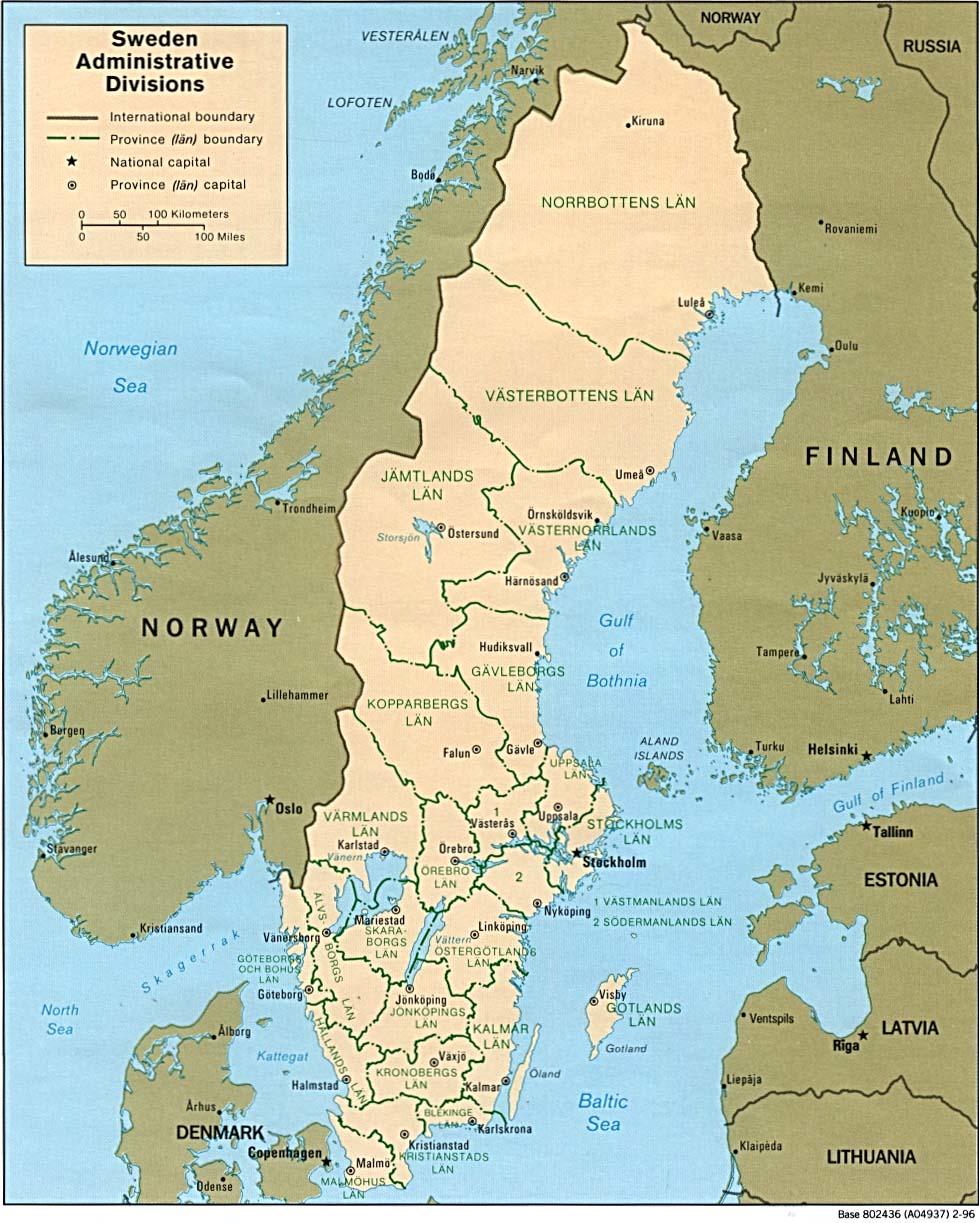
People
Unlike many common stereotypes portray them, Swedes are not the composed “Nordic” type of folk, but very friendly and open people. However, they are very punctual and prefer to be ten minutes early rather than ten minutes late. In addition, Swedes are subjected to mood swings caused by the change of weather from sunny summer to cold winter and vice versa.
Family
Despite feminist moods in the society, family remains the key element of Swedish society values.
Status of children
Children are traditionally given enough room for development and exploration of the outside world. As a matter of fact, all children in Sweden are provided with protection of their rights and freedoms.
Role of women
Much like any other Scandinavian country, Sweden is defined by feminism. The latter can be traced easily in the life of any Swedish woman, starting from a young college student to a mother of a big family.
Role of the aged
Aged people are not only highly appreciated in Sweden, but also take active part in various social, political and economical events.
Customs
Celebrating Christmas and awaiting Jultomte, dancing and singing around a solstice pole during midsummer, having fun on a National Day – Swedish traditions are too numerous to list and too fun to describe.
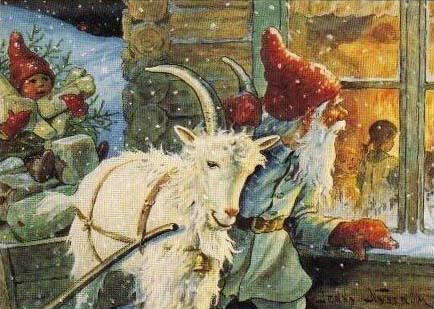

Taboos
Smacking children is one of the basic taboos in the Swedish culture (Heartfield, 1999).
Superstitions
If a people spit three times when seeing a cat crossing their road, they are most likely Swedish. Swedes also believe that sneezing contributes to having more enemies.
Values
Weirdly enough, in a society that is considered among the most feminist driven ones, family values remain the top priority – apart from soccer, which is a national tradition as well. Preferably mixed, the two components are most likely to bring any Swede to a complete delight (Nordstrom, 2010).
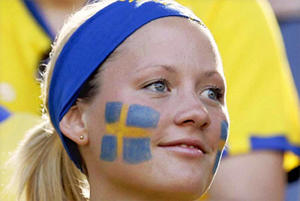
Language
Swedish language belongs to Indo-European language family (Germanic, North Germanic, Scandinavian). It reminds of German and is rather easy to learn; the first phrase that will be cemented in the head of a tourist is “Tack så mycket” (“Thank you”), since Swedish people are extraordinarily polite.
Gestures
Most Swedish people prefer to gesticulate quite little.
Prejudices
Swedish people are completely open-minded towards the representatives of any culture.
Foods
Palt is among the most famous Swedish meals.
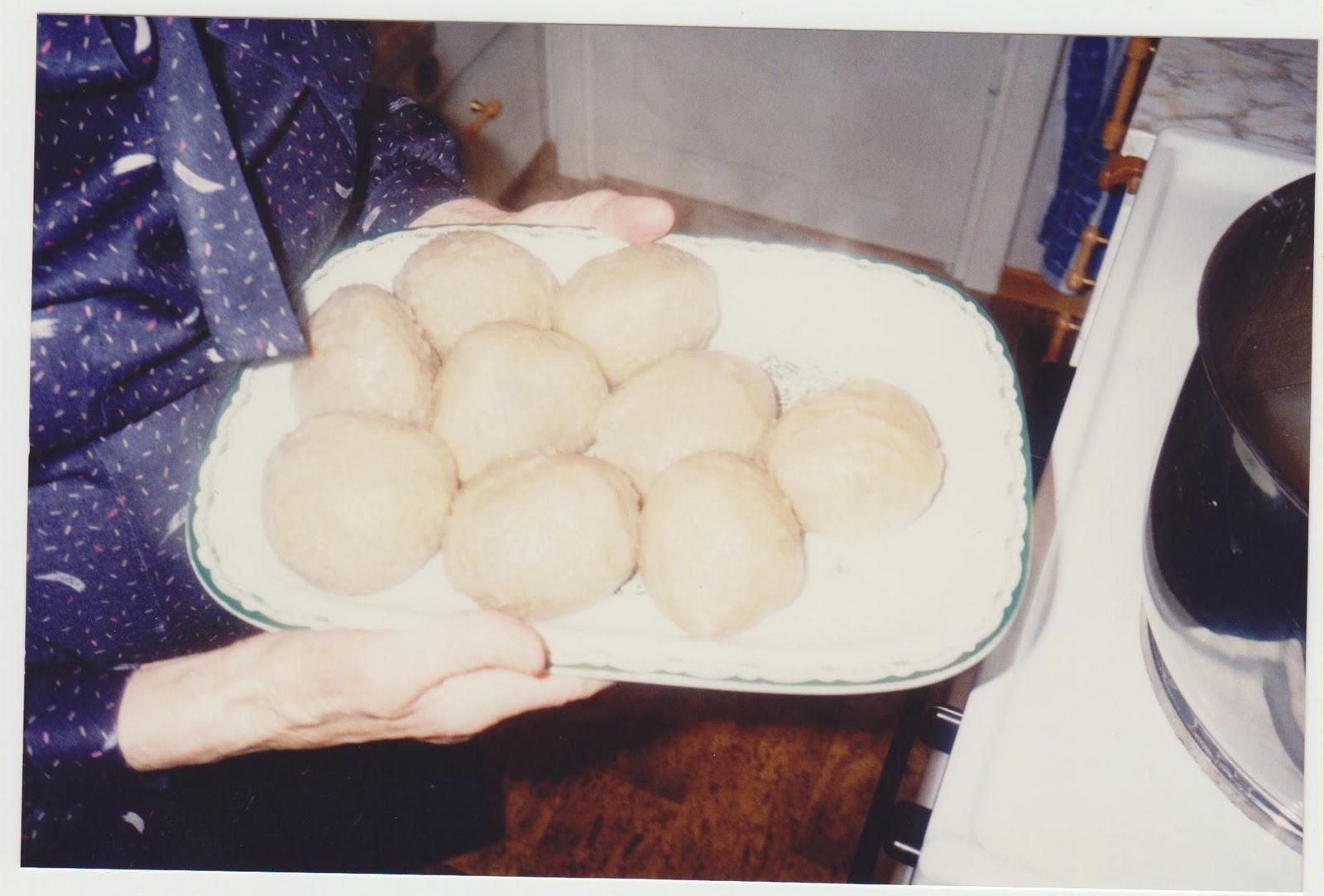
Clothing
There are national clothes in Sweden, yet hardly anyone wears them on any occasion except national holidays or specific events related to the Swedish culture.
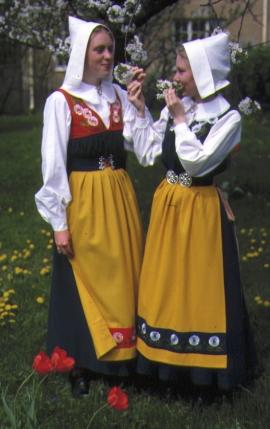
For the most part, Swedish people prefer a causal style of clothing; however, one is also likely to see people dressed in a sports style.
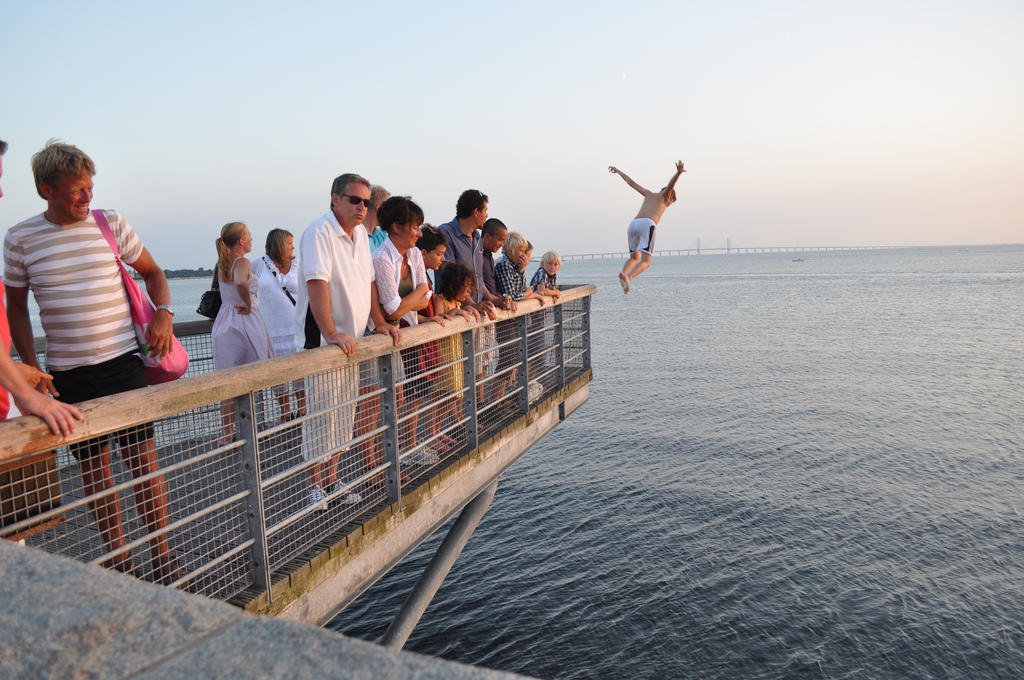
Work ethic
Although the Swedish work ethic aligns with the traditional European and American principles, it has recently been questioned due to the lack of women and seniors in management positions (Svensson, 2009).
Death and mourning rituals
Seeing how Protestants make most of the Swedish population, death and mourning rituals in Sweden follow the Canon of Protestantism.
Marriage rituals
Likewise, couples are married in Sweden according to the basic Protestant traditions. However, there are some cultural traditions that have not been ousted by the Protestant religion over the centuries. For example, the bride walks hand by hand with her bridegroom down the aisle instead of being led by her father. However, the most peculiar part of the wedding comes with the wedding song of Snapsvisor followed by a shot of snaps (vodka).
Education
All children are to attend school in Sweden from 7 to 16. Further education is optional (Carlson, Rabo & Gök, 2007).
Religion
Although most of the Swedish population are Protestants, there are also a number of representatives of other denominations (Thompson, 2006).
Traditions and Holidays
As it has been mentioned above, Sweden has its National Day (June, 6). However, Swedes also celebrate Christmas, Midsummer Day, All Saints’ Day, New Year’s Day, Epiphany, Easter, Pentecost, etc. (Swahn, 1999).
Sights
There are a plethora of amazing places to visit in Sweden, starting from famous fjords, to the local cultural and historic heritage.

The first sight to be mentioned is the famous Vasa Museum.

Another great place to visit is Liseberg Funpark. A futuristic looking place, this world looks bizarrely surreal compared to the rest of the environment, sober and practical.
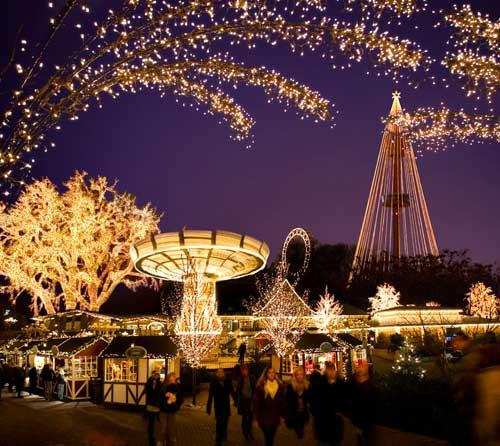
Falu Kopparbergsgruva is a copper mine that is no longer providing the country with copper, yet serves as a perfect challenge for the tourists with adventurous spirit.
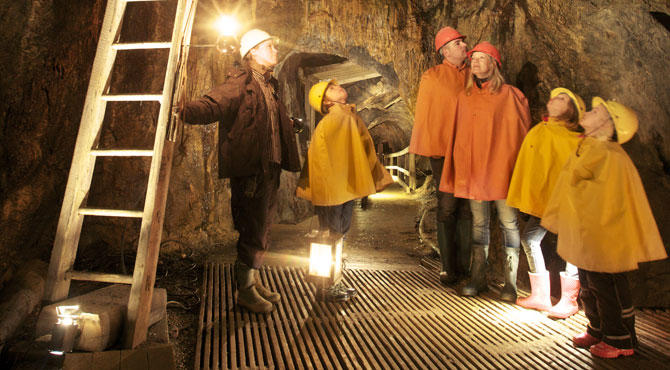
Junibacken has gained a cult following by those who have ever read anything by Astrid Lindgren, which is a perfect reason to visit this place.
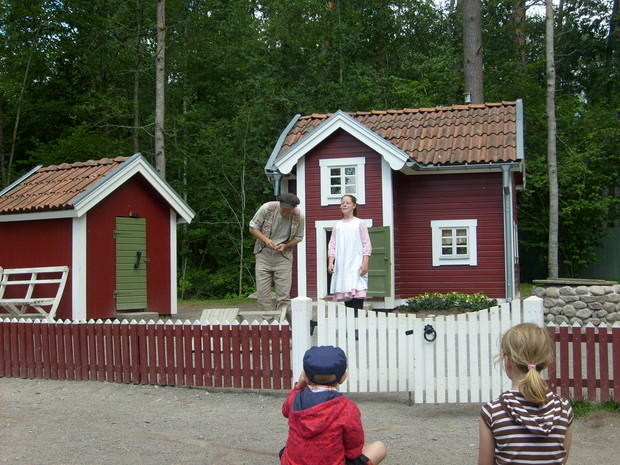
Must see
Although Sweden offers a plethora of sights to check, the most impressive one can be observed right through the window of a hotel, if the tourists are lucky enough. Called “midnight sun,” the given phenomenon occurs when the sun remains visible throughout most of the night.
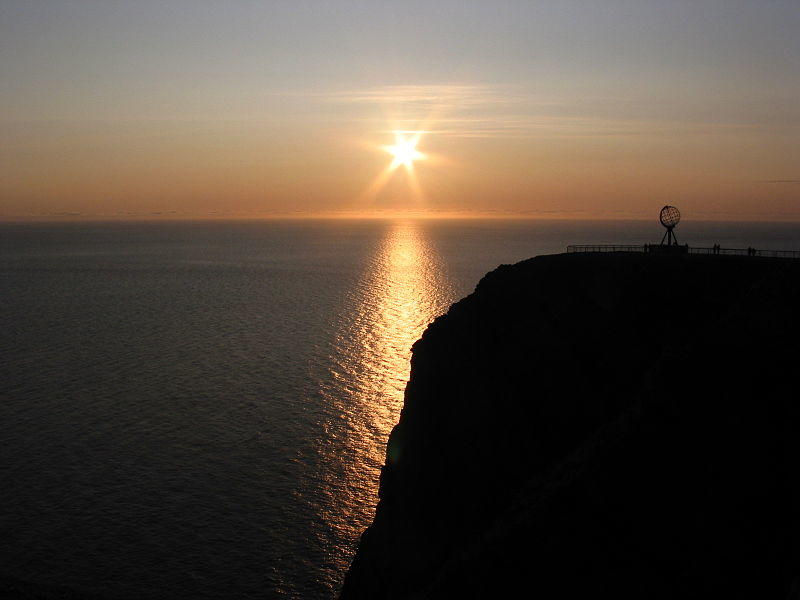
Having basically become the trademark of Sweden, fiords
Conclusion
The place that holds a key to the unique culture of Scandinavia, Sweden is definitely worth visiting at least once.
Reference List
Carlson, M., Rabo, A. & Gök, F. (2007). Education in multicultural societies: Turkinh and Swedish perspectives. London, UK: Tauris.
Heartfield, J. (1999). Smacking parents.
Nordstrom, B. J. (2010). Culture and customs of Sweden. Santa Barbara, CA: ABC-CLIO.
Schön, L. (2012). An economic history of modern Sweden. New York, NY: Routledge.
Svensson, C. R. (2009). Culture shock! Sweden: A survival guide to customs and etiquette. Tarrytown, NY: Marshall Cavendish.
Swahn, J. O. (1999). Maypoles, crayfish and Lucia: Swedish holidays and traditions. Stockholm, SE: Swedish Institute.
Thompson, A. C. (2006). Britain, hangover and Protestant interests. New York, NY: Boydell Press.
The Tyee. You’re not wrong to want to be Swedish (n. d.). Web.